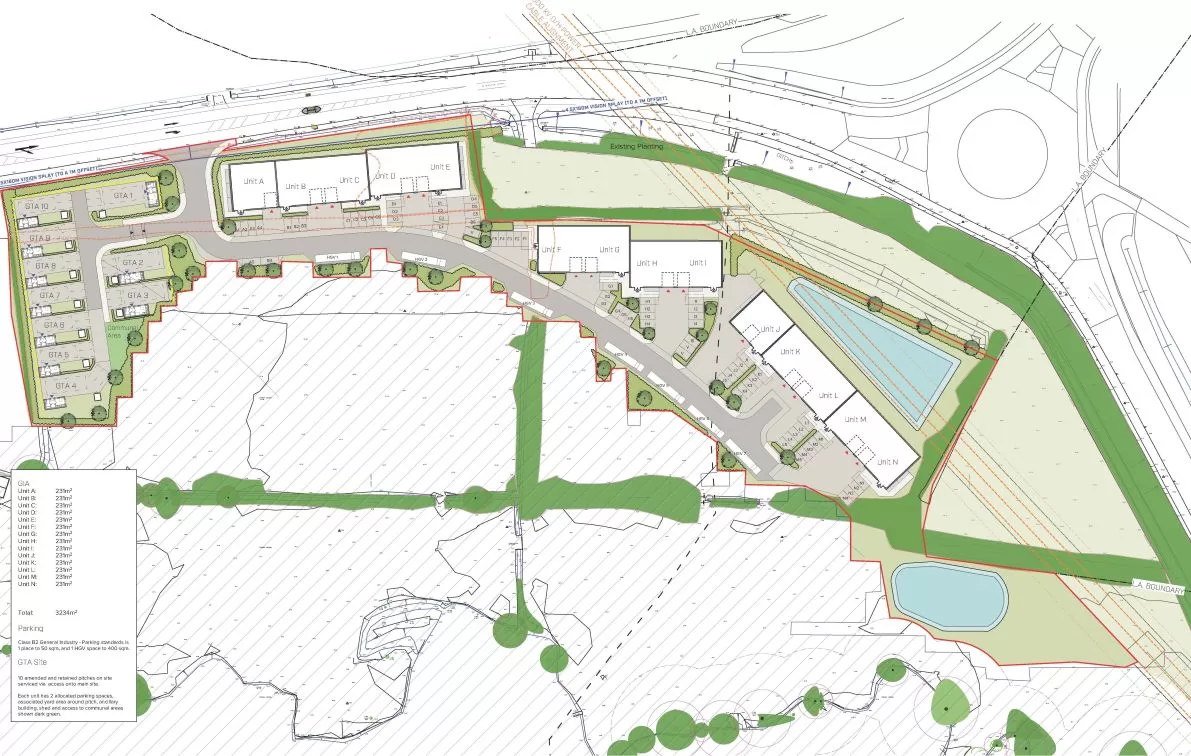Patience is a Virtue
The only time I can ever recall getting into trouble at school was when I was obliged to stay back in detention and made to write out in neat handwriting on ruled paper fifty times the following:
‘Patience is a virtue which I must endeavour to cultivate.’
This phrase meant nothing to me at the time, but after 40 years practicing as an Architect and Planning Consultant, I have come to understand that I was then, and still am today, somewhat impatient. None more so than with the planning system as it functions (or perhaps doesn’t function) today.

The Reality of Planning Delays
It is not uncommon for the statutory 8-week determination period for a planning application to run into 18 weeks or more. For major developments, where a decision is supposed to be granted within 13 weeks, well, the sky’s the limit.
Just recently, WWA secured planning consent for a significant commercial development in Leicestershire after – wait for it – 162 weeks in the planning system.
This was no contentious scheme, far from it. The landowner had been contacted directly by the Planning Authority and positively encouraged to submit a development proposal, as there had been problems with antisocial behaviour and environmental issues on the site which the Council wanted cleared up. On the face of it, we didn’t expect this site to be considered appropriate for such significant development. It hadn’t been allocated in the Local Plan and was away from any recognised settlement. Being in the open countryside, we had our doubts whether it would prove to be successful. But as the Council had encouraged an application for development consent to come forward, who were we to argue?
Challenges Along the Way
At this point, I should explain that we cannot fault the performance of the case officer on the project. Mind you, he was an external consultant appointed by the Local Planning Authority to assist with processing the application. I think that is telling.
There were two key reasons why this project ran on through planning for more than three years:
- The County Highway Authority – They seemed determined at every step to block development, taking at least two months to respond to each email or letter which we sent.
- The lawyers drafting the Section 106 Agreement – Why we cannot have model Section 106 Agreements as part of the NPPF beggars belief. It was a simple matter of agreeing on payments and the timing of those payments, but it still took many months for the Section 106 Agreement to be prepared.
Patience certainly is a virtue when it comes to planning. Often, the two questions I am asked when I meet a potential client are:
‘How long and how much?’
If a planning application is required, then I simply cannot answer this question, because we are in the lap of the Gods once an application is submitted. Of course, some Local Planning Authorities are better than others, but universally I find there are few decisions which are granted within the statutory timescale.
Indeed, the costs of monitoring and steering an application through the planning process can sometimes cost clients more than the preparation of the application in the first place. Going back to the case of our 162-week planning application, had the Highway Authority instructed independent consultants to act on their behalf, I am certain we could have gotten this scheme through in closer to the statutory 13 weeks. Although we would still have been at the mercy of the lawyers compiling the Section 106 Agreement.
Calls for Change
There have been calls from many quarters recently for a root-and-branch reform of planning in England and Wales. With such a large majority in Parliament, you would think that the Labour government would be on top of this. No signs yet, however, of any significant reform.
Some argue there is nothing wrong with the planning system if only it were properly resourced, and this can be solved by throwing money at the issue. It is proposed that Local Planning Authorities will be empowered to set their own fees to raise money directly to invest in their planning service. Maybe this will work, but history shows that increased fees have not improved the system. (I recall a time when there were no planning fees, and applications were dealt with in a far timelier fashion).
So long as the Government applies ever-increasing layers of bureaucracy and compliance for development, costs will inevitably rise. Excessive hurdles, detailed requirements, and a heavy focus on protecting every species or tree can slow progress. While environmental protections are important, the planning system should also consider the social, economic, and broader environmental benefits of allowing development to proceed. Striking a better balance and focusing on practical outcomes would make planning more effective for everyone involved.
While patience may be a virtue in planning, there are some golden nuggets I have learnt through the years. Expect the unexpected by factoring potential delays into timelines and budgets (or you could just wait for the cows to come home). Stay proactive with regular, polite follow-ups with case officers, consultants, and lawyers to prevent small delays from snowballing. Engage the experts early on, whether for technical advice or legal agreements; this can save months of frustration. Get an understanding of local policies, statutory timescales, and common bottlenecks. This helps to manage expectations and avoid those annoying surprises. Focus on what you can control: clear, complete, and well-prepared applications reduce friction and demonstrate professionalism. Even in a system prone to delays, preparation, persistence, and a good understanding of the process can make all the difference in getting projects across the line.
Written by Philip Waddy








